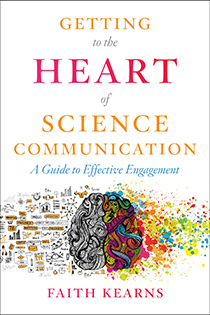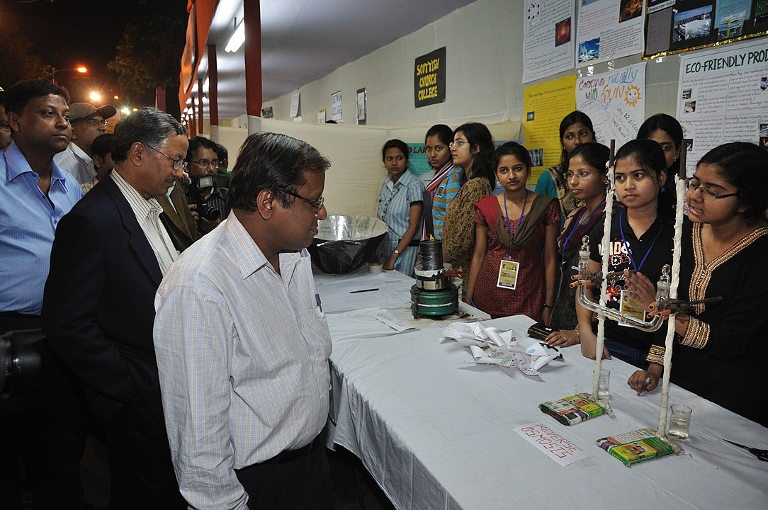 From Getting to the Heart of Science Communication by Faith Kearns. Copyright © 2021 Faith Kearns. Reproduced by permission of Island Press, Washington, D.C.
From Getting to the Heart of Science Communication by Faith Kearns. Copyright © 2021 Faith Kearns. Reproduced by permission of Island Press, Washington, D.C.
Excerpt from Introduction (pages 7-8)
The Potential for Science Communication and Engagement
What I will argue in this book is that although traditional science communication methods are valuable, the issues playing out in the twenty-first century are inviting new ways of thinking about and doing science communication and engagement. That is to say, the early focus on information dissemination and science communication as a one-way performance is ceding ground to more engaged and relational communication techniques that also address power and accountability. This examination of the standard assumptions of the field is necessary.
The people doing science and science communication work are also changing. No longer the primary domain of research faculty, the field of science communication is growing into a profession. This change has implications for both science communication and the scientific enterprise, as well as for the communities in which we all live and work.
In the first section of this book, I outline the changing nature of science communication and engagement, including the impact of changing science careers, as well as the emotion, conflict, and power struggles that are present for many scientists and science communicators.
In the second section, I first describe an approach to rethinking science communication and engagement as a true relationship challenge and what that means for training and practice. In the three chapters that follow, I assume the reader sees relationship-centered communication as valuable and wants to understand some of the key tenets of that work: listening; working with conflict and power; and understanding the roles of trauma, loss, grief, and healing.
The final section focuses on issues that arise more broadly in science communication practice. I address the role of who is actually doing the work in science communication practice, which has been generally overlooked until recently, and I discuss how to balance working on deeply systemic issues while also taking care of yourself and the interplay between the two.
I hope that readers will gain a new perspective on science communication and engagement that, while in many ways has always been present, offers a way forward on some of the thorniest matters of the day. This book is not meant to be a replacement for any other work but instead offers an additional “view from the ground.”
Teaser photo credit: Students explain science projects to visitors. Susanna Hornig promotes the message that anyone can meaningfully engage with science, even without going as deeply into it as the researchers themselves do. By Biswarup Ganguly – Own work, CC BY 3.0, https://commons.wikimedia.org/w/index.php?curid=13267359





